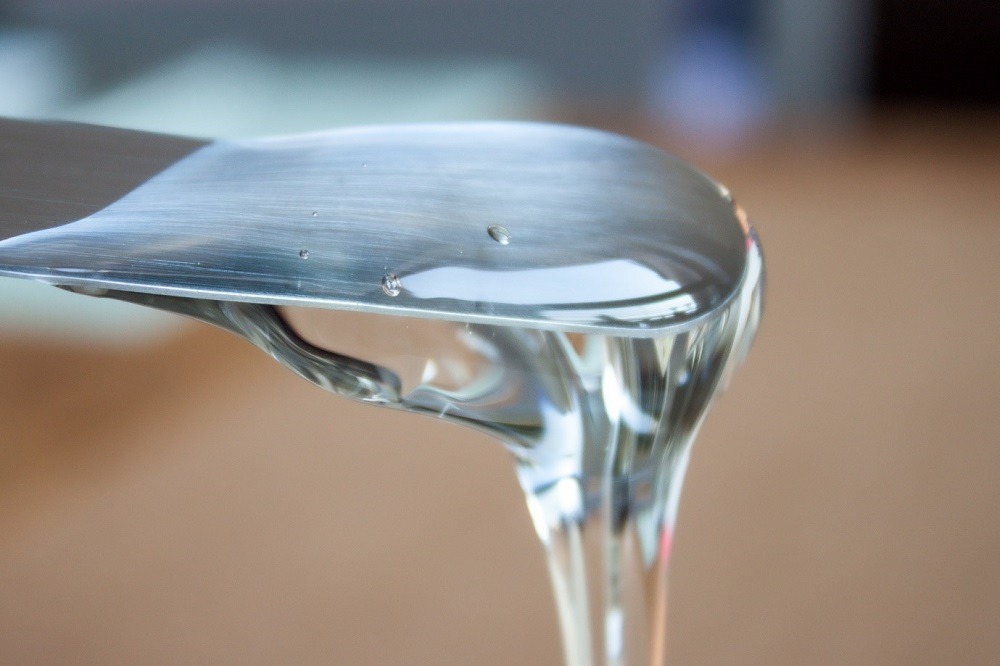Liquid Glucose – The Confectionery’s Glucose
Liquid glucose or glucose syrup is a syrup created from hydrolysis of starch. It is basically sugar. Glucose syrup can be derived from different sources like, potatoes and wheat and also from barley, rice, and cassava. There are different kinds of glucose syrup. The one which is used for fermentation processes in the industry contains 90% of glucose. But the ones used in confectioneries contains maltose, higher oligosaccharides, and glucose which ranges from 10% to 43%.
Glucose syrup is generally added in food to give a soft texture, add volume, and especially as a sweetener. Sometimes this syrup is converted into fructose through an enzymatic process that creates a sweeter product, called corn syrup, having a higher fructose content.
A traditional confectioner’s syrup contains 19% glucose, 14% maltose, 11% maltotriose and 56% higher molecular mass carbohydrates.
Benefits of liquid glucose
Liquid glucose has many benefits that are mostly related to taste enhancing in several foods. Some of the benefits of liquid glucose in bakeries are:
• Acts as a flavor enhancer: One of the most important benefits of this ingredient is its excellent flavor and taste enhancing ability. This ingredient is added to candies, chocolate bars, and various foods to enhance the flavor.
• Helps in crystallizing: Another benefit of this ingredient is that it helps control various kinds of crystallization in confections, namely sucrose and dextrose crystallization. It is mainly used in candies because they are produced from sucrose and then crystalized, which is why they turn out to be brittle.
• Acts as a stabilizer: Also considered as a stabilizer, liquid glucose enhances the life of many food products. It actually helps in reducing the freezing point, which in turn reduces the manufacturer’s freeze time. It also enhances the capacity of freezing.
• Helps in enhancing texture: Liquid glucose actually promotes the elimination of graining. It gives a smooth and a perfect texture to frozen desserts like ice cream.
• Fermentation: Liquid glucose is a popular ingredient in the baking industry as it is an economical alternative for any required fermented solids. Liquid glucose controls the density amount in bakery items and simultaneously lends sweetness. Lastly, it also adds a rich color for the crumbs.
Liquid glucose vs Corn syrup vs Sugar granules
• Glucose is an invert sugar which often comes from corn but can also come from potato or wheat.
• The consistency is thicker than corn syrup or sugar syrup (made from equal parts sugar and water).
• This liquid is 100% glucose, with a thicker viscosity. It is less sweet with a neutral taste.
• Can be added to a recipe for a smoother outcome or want to
avoid crystallization when working with sugar.
• Corn Syrup is also an invert sugar, but as the name states, it is only made from corn and has had some glucose molecules converted to fructose.
• This glucose and fructose liquid is runnier than liquid glucose
• Corn syrup is easier to find in supermarkets. It has a higher water content and is slightly more sweet than liquid glucose.
• It can be a substitute for glucose, but one needs to adjust the recipe for the extra water content in corn syrup.
• Sugar is Sucrose, is also made up of glucose and fructose molecules, but unlike invert sugars – the glucose and fructose.
• When they do re-attach themselves, this is what causes crystallization.
• A Simple Syrup is a sweet liquid made by simmering equal parts sugar and water into a syrup.
• It tastes the best from the abovementioned liquids but can also turn white and grainy if the crystals form
1. Liquid glucose syrup other applications.
Liquid glucose sometimes referred to as glucose syrup. Like other forms of sugar, liquid glucose syrup is a liquid sweetener with good tolerance and versatility. It is usually used in the following products:
Baking products: such as pastries, macaroons, cakes, etc.
Confectionery products: such as candy, lozenges, nougat and so on.
Beverage products: iced tea, drinks, etc. It is used in canned foods and dairy products as well.
Liquid glucose syrup has a unique property and can be used to supplement sucrose. Unlike sucrose, liquid glucose syrup does not contain fructose, and its sweetness is only half of sucrose. Glucose controls the formation of sugar crystals, which is especially important when making frozen desserts and candies.
2. The characteristics of liquid glucose syrup in different products:
In confectionery manufacturing, liquid glucose syrup primarily controls crystallinity to meet the needs of different types of confectionery.
In alcoholic beverages, liquid glucose syrup has the function of controlling wine maturity and sweetness.
In the baking industry, liquid glucose syrup helps to control the product’s properties as it allows the cake to absorb water, prevent drying and extend shelf life.
In the production of ice cream, the liquid glucose syrup can control the product’s softness, crystal formation and freezing point, making the product smooth and not producing ice crystals.
Liquid glucose syrup provides the product with texture, taste, shine and extended shelf life. It keeps the cake soft while adding sweetness. In addition, the liquid glucose syrup prevents the biscuits from drying out, keeping the biscuits crisp and preventing the water from crystallizing in the ice cream.






